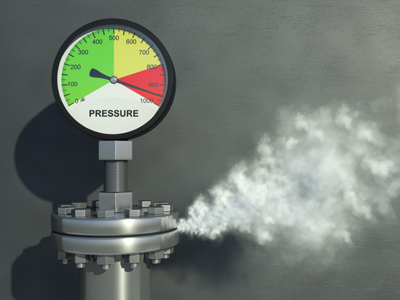
Production of Ammonia 1
There are certain industrial processes that students of GCSE Chemistry need to understand, one of which is the production of ammonia via the Haber process. This is the first of two quizzes to test your knowledge of the subject.
As you are no doubt aware from biology, plants require nitrogen for growth. This comes from the atmosphere but plants can't use it directly - it must be converted into nitrates that dissolve in groundwater which is then taken up by plants. This 'fixing' of nitrogen occurs naturally but only very slowly. For the natural world, that isn't a problem but for farmers growing crops, it is. A field of crops uses the nitrates faster than they are naturally replenished, which is why farmers use fertilisers.
hydrogen from water
hydrogen from natural gas
hydrogen from the air
hydrogen from natural gas
Ready for more?
not all...
quizzers. Try to win a coveted spot on our Hall of Fame Page.







